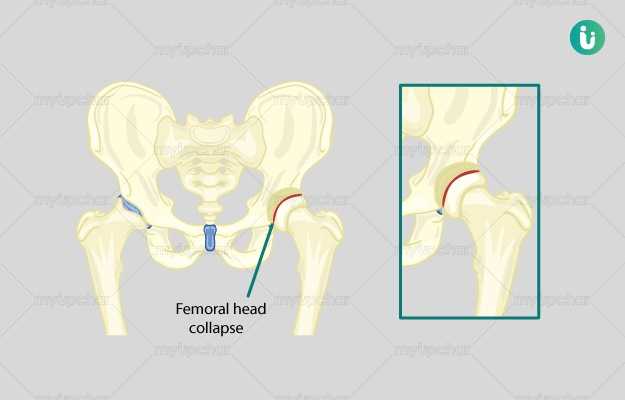Avascular necrosis refers to the death of cells and tissues in the bone and marrow. This condition is also called bone infarction, osteonecrosis, osteoradionecrosis, aseptic necrosis and ischemic bone necrosis. Though some of these terms are used interchangeably, there's a slight difference:
- A bone infarct refers to damage or death of tissues in specific parts of bones, such as the metaphysis (neck part of a bone, where the bone shaft or diaphysis meets the rounded ends or epiphysis) and diaphysis (the long, tubular part of a bone)
- Avascular necrosis typically causes lesions in the epiphysis—or rounded ends of bones—of long bones
Avascular necrosis occurs when blood supply is reduced or stopped to specific bone tissues, which begin to die due to lack of nourishment. If not diagnosed and treated early, avascular necrosis could lead to the premature collapse of the affected bone.
Usually, avascular necrosis occurs in some of the primary joints in the body, including the hips, knees, ankles and shoulders. It is marked by pain in those sites as bone tissue grows weaker over time due to the condition. (Read more: Joint pain)
According to a study published in the journal Clinical Epidemiology and Global Health in 2019, osteonecrosis of the femoral head (the highest part of the thigh bone) is the most common cause of hip replacement procedures in India and many other Asian countries.
There is limited data on the prevalence of avascular necrosis and what causes it, though steroid administration has been found to be one of the common causes for this condition in northern India.

 Doctors for Avascular necrosis
Doctors for Avascular necrosis  OTC Medicines for Avascular necrosis
OTC Medicines for Avascular necrosis



































